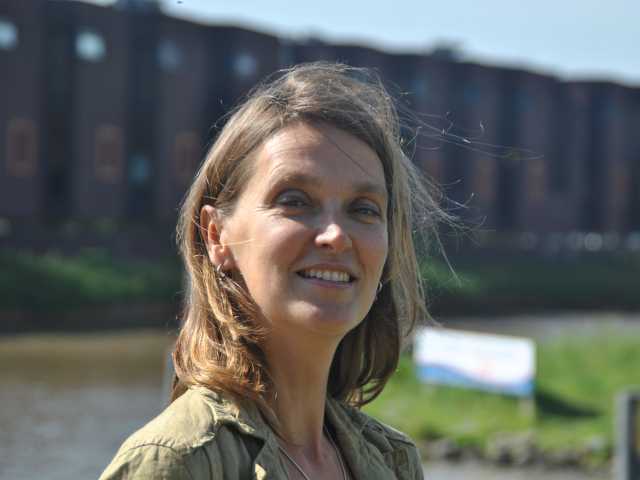Beyond the biomedical paradigm: A new approach to defining child growth

In this article, prof. dr. ir. Hinke Haisma, Professor of Population and Child Health, pleads for a new, multi-dimensional approach towards child growth, which could further reduce child mortality. The Aletta Jacobs School of Public Health can play a key role in realising this approach.
To create the conditions that would further reduce child mortality rates, we need to redefine the concept of growth. Weight and height measurement have become the norm in assessing the growth status of children. Not only in well-baby clinics, to monitor the growth of infants, but also in assessing the impact of health programmes aimed at improving child growth and ultimately reducing child mortality. However, we might need other indicators to assess children’s growth.
Only with new insights on measuring child growth, we can reach our goals aimed at reducing child mortality. The Millennium Development Goals (MDGs) set targets for child nutrition and mortality between 1990 and 2015. Although child mortality rates decreased, in many parts of the world the targets were not met. The Sustainable Development Goals (SDGs), the successors of MDGs, aim to further reduce child mortality. However, with no real new insights it can be questioned why the SDGs could achieve what the MDGs could not.
At the Population Research Centre in the Faculty of Spatial Sciences at the University of Groningen, we suggest a multi-dimensional approach towards child growth. Where child growth is assessed as a multi-dimensional outcome rather than a merely anthropometric (thus mono-dimensional) outcome, and context is embedded into the measurement. Our research team suggests applying a capability approach to child growth. We argue that growth should be redefined as the outcome of capabilities at the level of the child, household and society. In such an approach, we move away from a mere focus on growth as an outcome and redirect our attention to people, their agency, and capabilities, to generate healthy growth in their offspring.
By bringing together scientists from different disciplines, including demography, nutrition, anthropology, biology, and philosophy, we have developed a theoretical framework that opens up the debate towards a new paradigm of child growth. Subsequently we have tested this framework using empirical data from the Indian Demographic Health Survey. Though our framework is very promising as an approach, it will require a change not only at the theoretical and analytical level but also at the level of public health and data collection to bring about change.
The interdisciplinary focus of this research will benefit greatly from an interdisciplinary platform as offered by the foundation of the Aletta Jacobs School of Public Health. The School will offer a great opportunity to improve the visibility of interdisciplinary work in the field of (global) public health at our university and induce real changes in (global) public health practice.
By prof. dr. ir. Hinke Haisma, Professor of Population and Child Health, at the Population Research Centre in the Faculty of Spatial Sciences at the University of Groningen.
> Read more about the Aletta Jacobs School of Public Health
> Join the discussion at www.rug.nl/ajsph
> Stay up to date by joining our LinkedIn group



